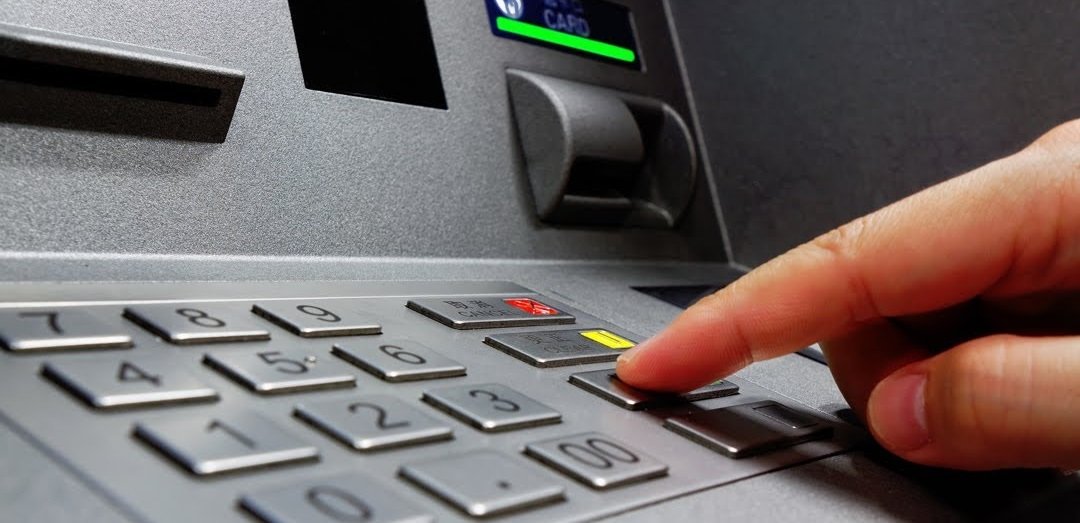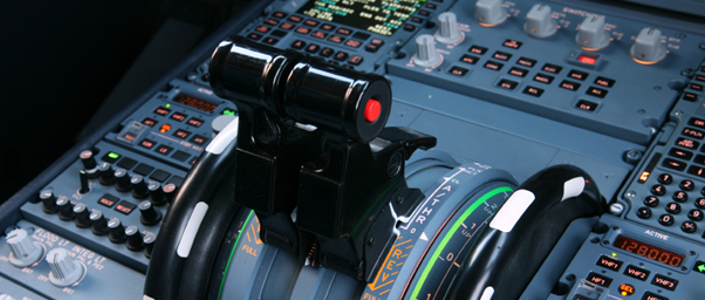




If Healthcare Were Like Other Industries…
The Institute of Medicine, in its landmark report “Best Care at Lower Cost,” offered a striking comparison:
If banking were like healthcare, an ATM withdrawal might take days—because records were misplaced or unavailable.
If homebuilding were like healthcare, carpenters, plumbers, and electricians would all use different blueprints, with little coordination.
If shopping were like healthcare, prices wouldn’t be posted, and the same product could cost wildly different amounts depending on who pays.
If automobile manufacturing were like healthcare, warranties wouldn’t exist—and factories wouldn’t care much about monitoring defects.
If airline travel were like healthcare, every pilot would design their own pre-flight safety check—or skip it altogether.
When we look at it this way, the inefficiencies of healthcare become startlingly clear.


